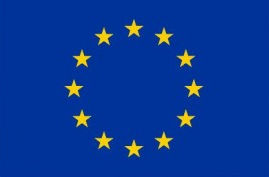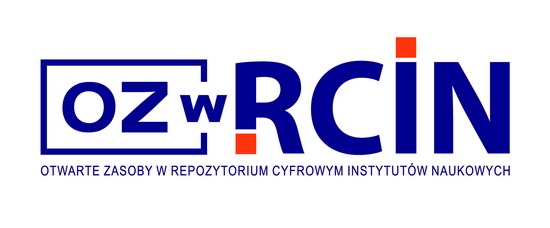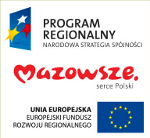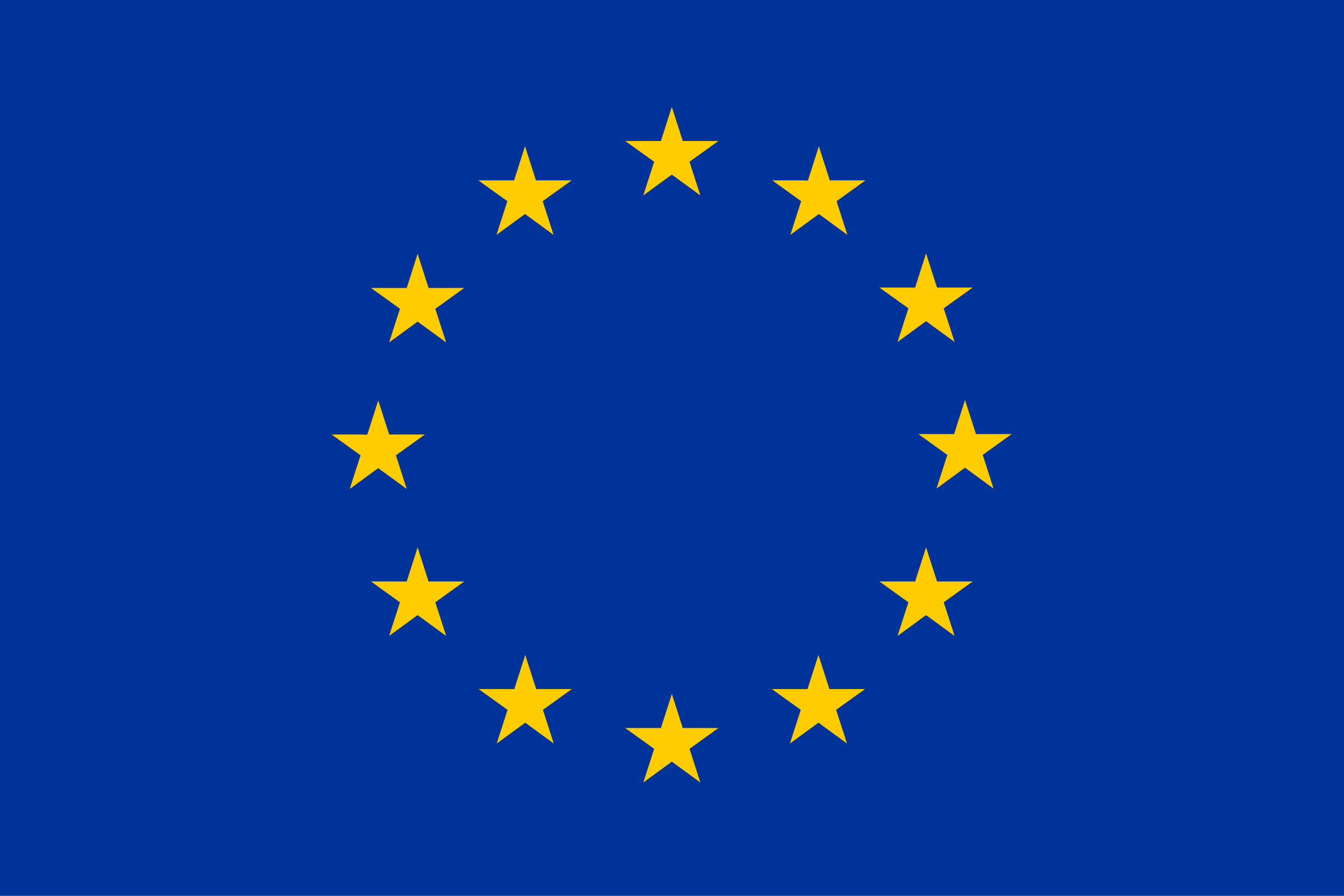
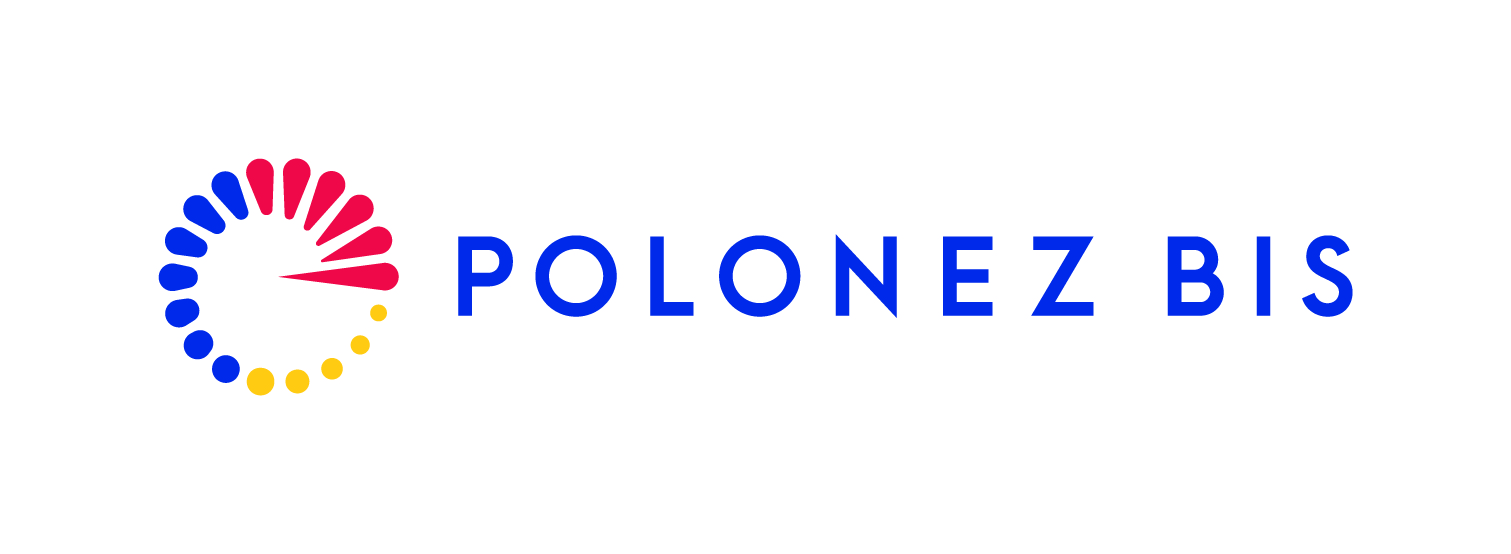
Who is pulling the strings?
The importance of nutrition in a host-parasite system
Acronym: Nutrition
This research is part of the project No. 2022/45/P/NZ8/04018 co-funded by the National Science Centre and the European Union Framework Programme for Research and Innovation Horizon 2020 under the Marie Skłodowska-Curie grant agreement No. 945339.


Principal Investigator: Enikő Csata
Mentor: Magdalena Witek
Summary
How and what animals eat has a significant impact on their lives, as evidenced by the fact that organisms ranging from yeats to humans tend to have shorter lifespans when consuming a high protein to carbohydrate ratio diet. This could be linked to the immune system, as malnutrition can weaken an organism’s ability to fight infections and, ultimately, its survival. Parasites and pathogens play an important role in animal nutrition, yet they are often overlooked in nutritional studies. Fighting infections involves a range of strategies, from physical barriers to physiological and behavioral responses. The nervous system coordinates many of these behavioral strategies, including feeding, making it an essential component in the link between animal health, the immune system, and nutrition. To better understand this link, our project will investigate how nutrition and neuronal control of behavior interact in highly integrated animal groups, such as ant colonies (Figure 1).

Figure 1. Conceptual diagram of the project.
Our hypotheses center on the importance of nutrition in the face of infection and aim to understand the link between infection and nervous system, which can be influenced by nutrition.
Using Myrmica scabrinodis ants and the obligate ectoparasitic fungus Rickia wasmannii (Fig 2), we will examine how the ratio of macronutrients in the diet affects investment into the immune response of individuals and we will explore whether neuromodulatory mechanisms underlying behavioral manipulation by parasites change according to diet.

Figure 2. Head and gaster of a M. scabrinodis worker infected with R. wasmannii (photo taken by Ciprian Mihali). For further information see Csata et al. 2017 Sci Rep, Csata et al. 2023 Comm. Biol.
The project will shed light on the complexity of host-parasite interactions and host defense mechanisms underlying animal nutrition, both at the individual and collective level.
Publications
https://scholar.google.hu/citations?user=FYwE_PsAAAAJ&hl=en
Location
Museum and Institute of Zoology of Warsaw, Polish Academy of Sciences
Group of Social and Myrmecophilous Insects Contact Enikő Csata: Ten adres pocztowy jest chroniony przed spamowaniem. Aby go zobaczyć, konieczne jest włączenie w przeglądarce obsługi JavaScript. Museum and Institute of Zoology, PAS ul. ul.Twarda 51/55, 00-818 Warszawa, Polska
Tracking the Past and Present: Investigating Aegeritella Fungal Infections in Red Wood Ants
Half a century ago, Polish scientists Stanisław Bałazy and Jerzy Wiśniewski conducted a pioneering study, screening red wood ant nests for a fascinating fungal parasite, Aegeritella. Now, 50 years later, our project revisits their work, tracing how the distribution of this fungus has evolved over time. By comparing today’s infection levels with historical data, we aim to uncover the ecological changes that have occurred, shedding light on the broader impacts on red wood ant populations and their ecosystems. Our findings could reveal key insights into the resilience of species and the shifting dynamics of parasite-host relationships.

"This is where our adventure began! (Warsaw, Museum and Institute of Zoology)! A huge thanks to the amazing team of Social and Myrmecophilus Insects for their invaluable support. Onward to exciting discoveries!"

"We packed up flyers and T-shirts for all the participants! We hope they love them as much as we do!"

"And here we are: Wielkopolski National Park! We're thrilled to have an international team on board, with researchers joining us from Germany and Hungary!"

"A team has already started sampling the ant nests! The weather is on our side, making it a perfect day for fieldwork!"

"Sampling is in full swing! We marked the ant nests and collected ten individuals from each one. Personally, I can’t wait to see the results of our work!"
"A huge thank to everyone who made this project possible! With the incredible help of our volunteers, we collected 4,220 ants from 422 nests! This effort wouldn’t have been possible without the support of Polonez BIS and National Science Center (Poland). Special thanks to the Museum and Institute of Zoology, PAS for always being there when I needed it. A big shoutout to the staff of Wielkopolski National Park for their invaluable assistance. And, of course, heartfelt gratitude to Bałazy S. and Wiśniewski J. for inspiring this research journey!"

